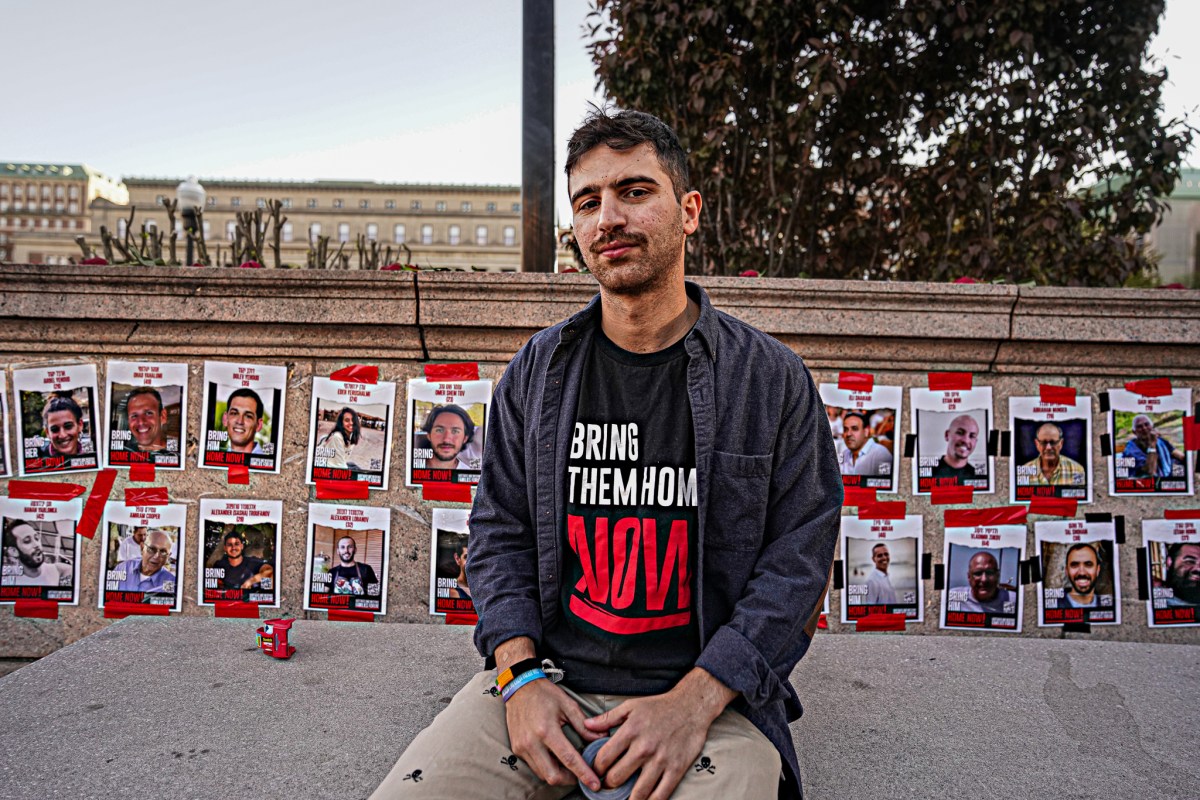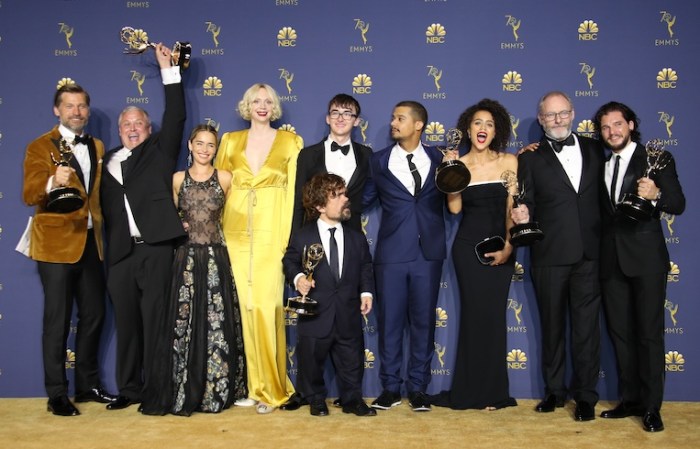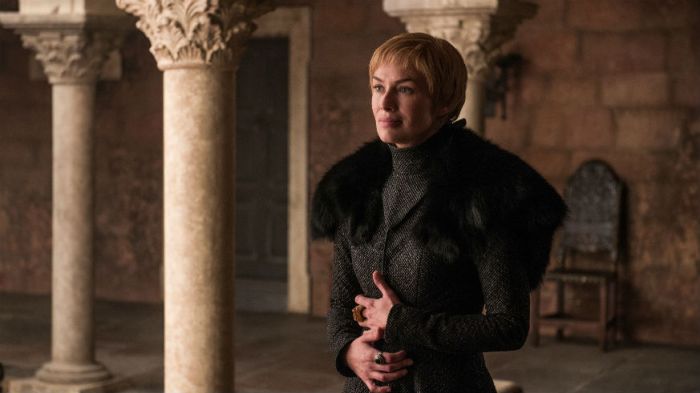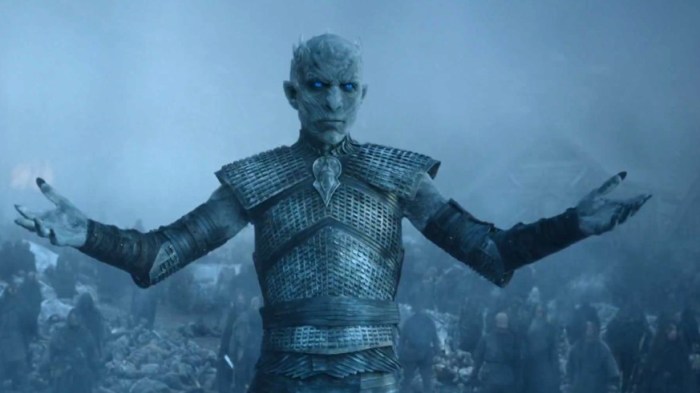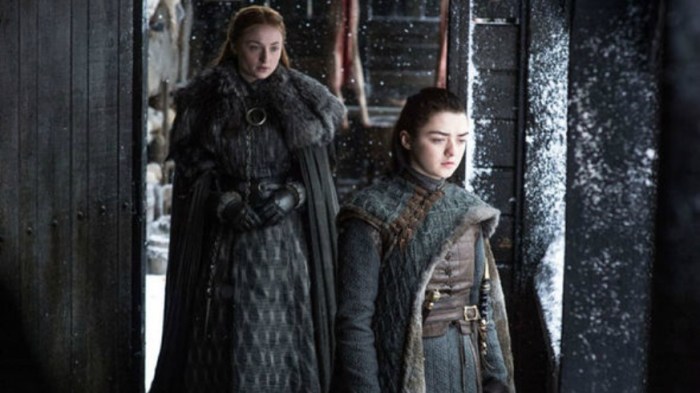Without planning to, Travis Knight employed two of the Stark boys from “Game of Thrones” two films in a row. “The Boxtrolls,” made by Knight’s animation house Laika, starred Isaac Hempstead Wright, aka Bran Stark. In “Kubo and the Two Strings,” which Knight also directed, the hero is voiced by Art Parkinson, the one-time Rickon. In the latter, Parkinson is Kubo, a young boy in Ancient Japan on the run from his evil and magical family, with the aid of a humorless talking monkey (Charlize Theron) and a Samurai who’s part beetle (Matthew McConaughey). We spoke to Knight and Parkinson about the importance of casting the right voice actor, harkening back to old Spielberg movies and loving their mothers. You have three actors — Art, Charlize Theron and Matthew McConaughey — who’ve never done animated voicework before. How did you help them relate to their characters? Art Parkinson: Kubo has a great relationship with his mother. And I spend months at a time in a small hotel, learning lines with my mom. You need to be able to have a great relationship with your mother to do stuff like that. When I grew up, my mother was my best friend. She used to be an actress and a news presenter, so she used to take me on set. That’s how I got into acting. RELATED: Interview: “Kubo and the Two String” is a lovely and loopy instant classic For a lot of big animated films, we tend to think of voicework in terms of the famousness of the actors. How do animators view it? Stop-motion is thought of as an old-fashioned art — it’s analogue, made by hand. Does new technology make it any easier? There’s a strain of Buddhism throughout the film — this idea that lives don’t end with death and live on in memories. Apart from it being set in Ancient Japan, where did that come from? This can be a dark film, exploring death and grief, on top of having truly menacing creatures. The same could be said of a lot of Laika films. Art, what do you tend to watch and listen to? We got it right. Art, you used to say you couldn’t watch “Game of Thrones.” How about now?
Knight: I think they saw so much of themselves in these characters. It’s a movie about family. It’s a metaphor for maturation, for when we make that transition from childhood to adulthood — the things we gain, the things we leave behind. With Matthew, he saw aspects of his own family experiences. In fact, when we sent him the script, he read it as a bedtime story in installments to his kids. With Charlize, going back three years ago when we first talked to her, she was a new mom. And she had not done stuff she could share with her kids. You don’t want to show “Monster” to your kid. [Laughs] She wanted to be able to share a meaningful part of her work with her family.
Knight: Just like Art, my mother was absolutely the center of my world as a kid. And Kubo’s mother is the nucleus of his universe. It’s not unusual for the protagonist to be something of a proxy for the director. You find parallels with your own life and your characters. There’s something beautiful about that relationship, and something that’s heartbreaking about that transition he has to go through, that we all go through as kids.
Travis Knight: For animators, it all starts with the voice. There’s two sides to any performance: There’s the performance you hear and the performance you see. With live-action, of course, those things are bound together. But in animation they’re separate. Art provides the vocal performance, which is the foundation for everything we do. And what the animator does is listen to the voice over and over, hearing different bits of inflection, figuring what the motion it’s invoking. Then they try to figure out the physical gestures: the facial expressions, the body language. If the animator doesn’t have a great vocal performance, then it’s really challenging to make the physical performance work as well.
Knight: No. It doesn’t. It’s always hard. It’s as hard as it’s been since [Ray] Harryhausen, since Willis O’Brien, since Georges Melies. What technology does is allow us to tell bigger, more grand stories. We can apply technology to aspects of it. Like the facial animation. That used to be done by sculpting things out of clay or carving things out of wood. When we started work on “Coraline,” we figured we could use computers for the same idea. We could sculpt in the computer, use a 3-D printer — which was a crazy technology, and not so crazy now. The first time someone brought it up I thought, “These guys should be burned for witchcraft. It’s something that shouldn’t exist.” But it’s the same principle, and now you have a physical thing you can replace a frame at a time. Technology can help one aspect, but then you make it harder for yourself, because you say, “I’m going to tell a more expansive story.” Which is what we did here.
Knight: My mother-in-law and her family are Buddhists. That kind of spirituality is not something you typically see in film. I think it spoke to the basic idea about losing something that matters to you, which is a fundamental part of life. You don’t get through life unscathed. Being able to explore those ideas through the prism of fantasy and animation really allows parents and children to experience those things together, in a way they can understand. Sometimes these ideas are difficult to articulate, but in a film, if done in a poetic way, those things can make sense and you can talk about them.
Knight: I don’t think of our films necessarily as dark. Over the years people have said we have a fetishistic obsession with the macabre and the grotesque. That’s fair enough. But I think that’s only a part of who we are. We want to tell the richest, most provocative stories we can. And with that you can’t have a middling experience. You need highs and you need lows. If you’re always living in the sunlight, then you can’t see the other side of things. By spending some time in the shadows, you really do appreciate the beauty and warmth of light. We like tradition. We go back to fables and fairy tales; we go back to classic Disney films or even the Amblin films [Spielberg’s old company] from the ’80s. Those had storytellers who understood that balance. Very few film geared towards families have that blend anymore.
Parkinson: I used to watch stuff with my mom. I’ve always felt mature, even when I was younger. I never listened to rave music. I don’t listen to rave music now, even though everyone my ages does. I still listen to The Beatles, The Doors, The Arctic Monkeys. I go back to the older generation’s films.
Knight: We totally got it right. But now we’re of an age that, when we make films, we’re getting it wrong. [Laughs] If you look at the movies that get made, the kinds of films I grew up on — “E.T.,” “The Goonies” — those movies live with you. They take residence in your brain and your heart. They live with you your whole life. Those are the kinds of movies we want to make.
Parkinson: I can watch it now. I’ve sort of given up on watching it, because I’m so immersed in it I can’t really get into it. It’s just all ruined for me. I’ll watch it when I turn 25 or something and the hype around it is really dead.
Talking ‘Kubo and the Two Strings’ and the importance of mothers
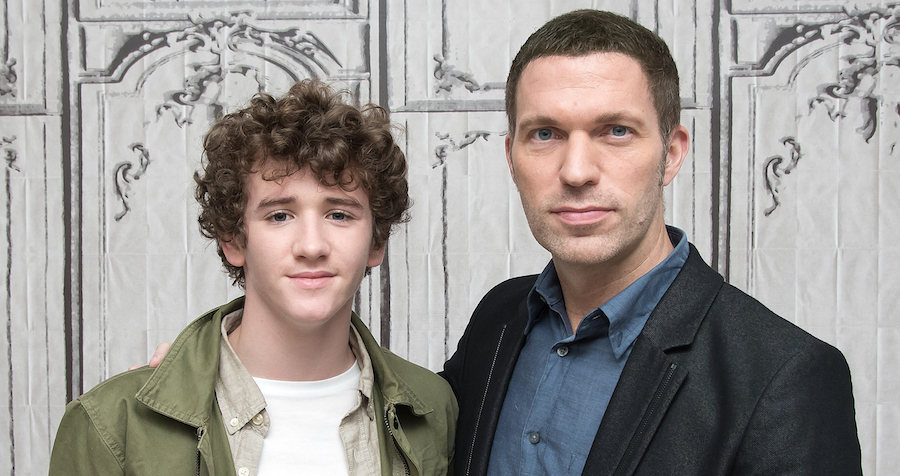
Getty Images
Follow Matt Prigge on Twitter @mattprigge






